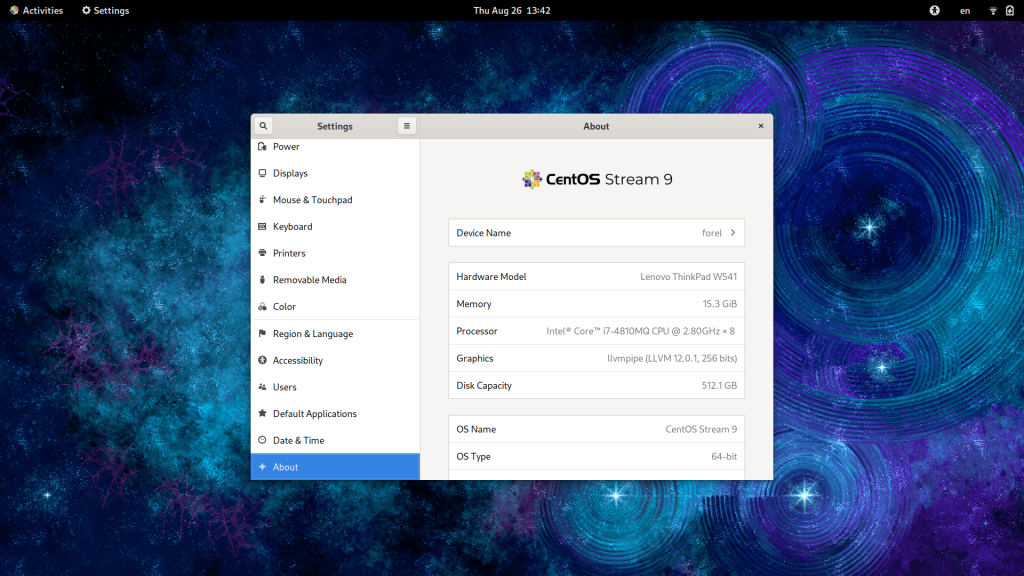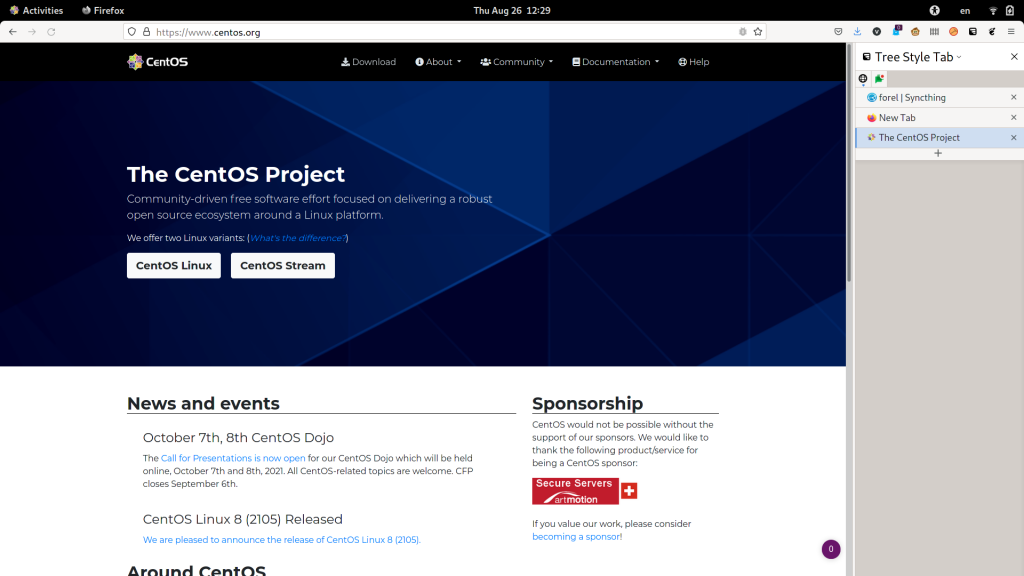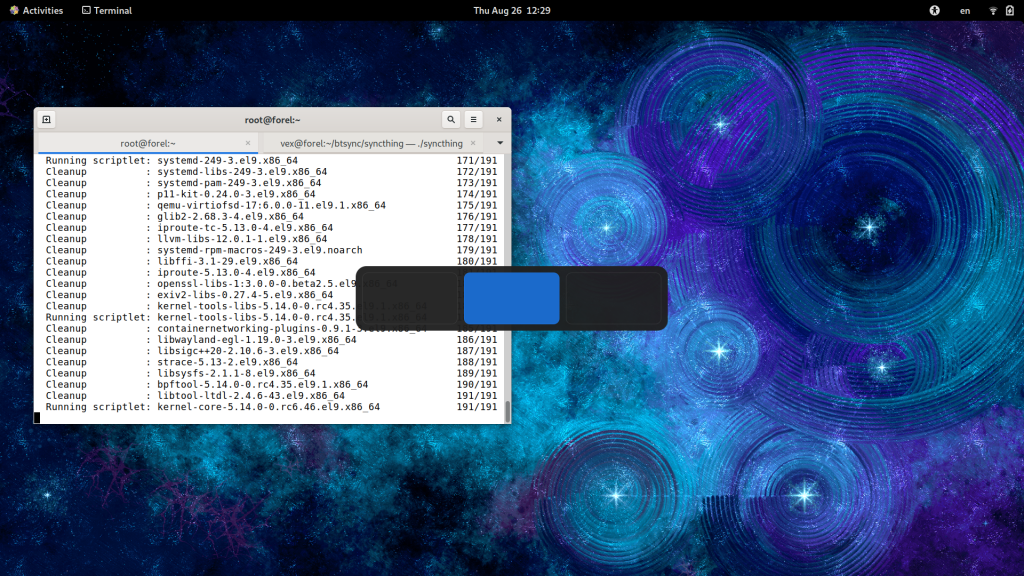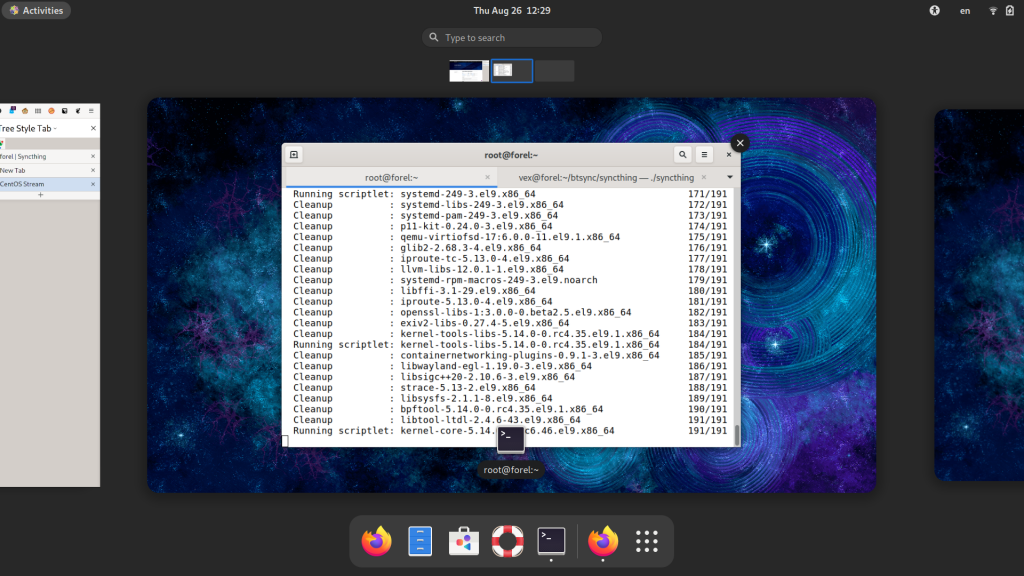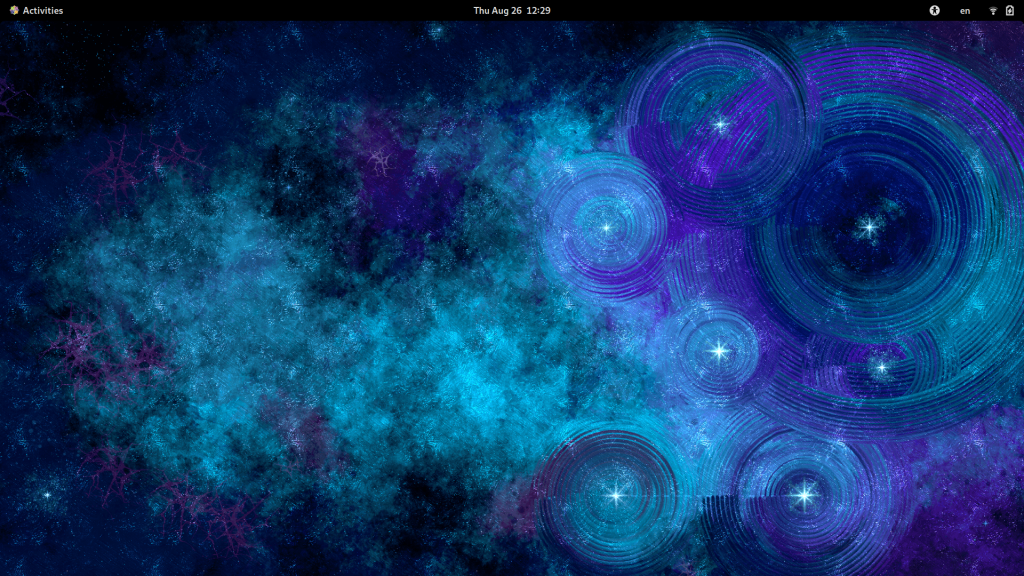Early RHEL 9/CentOS 9 Stream
Even if it’s still in pre-Beta, it has been publicly known that RHEL 9.0 development is well under way for some time now. But that’s not all there is to it – not only is this information public, the development itself is done in the eye of the public on Gitlab:
https://gitlab.com/redhat/centos-stream
This is a huge change from how things worked in the past. CentOS Linux used to be downstream from RHEL, so if you found an issue, you could file a bug and wait for it to be fixed, but if you knew how to patch the issue yourself, you really had no way to do it. You could fix it in Fedora, of course, but that would take (sometimes) years before it trickled down to RHEL.
This has pretty much changed with CentOS Stream, which is essentially a public branch of RHEL. So if you’re a company building a new NIC, for instance, and you run into an issue, you can go to the CentOS Stream repo and commit a fix yourself, if you prefer to do so.
Of course, I can also understand the wave of controversy that the change from CentOS Linux to CentOS Stream brought about, but this public development model was really very much missing from the picture. And as for a CentOS Linux replacement, I believe that either a free instance of RHEL, or one of the community rebuilds like Alma or Rocky Linux, will cater for those who have a need for what the original CentOS Linux offered.
So, with all of this, right now, it was about the right time for me to give the next version of RHEL a try – by installing CentOS Stream 9. I took one of my laptops, wiped it clean, and went ahead with a CentOS 9 Stream image.
The installation was pretty straightforward. Then I ran into a couple of issues, but I guess that’s only to be expected at this point in time when RHEL/CentOS Stream 9 is still pre-Beta. As there’s no EPEL 9 yet, some of the packages that I’m used to were missing and I had to build that software from the source. Notably, building OpenVPN was a lot of fun and I had to go through some hoops there as Stream 9 contains much newer version of OpenSSL than what OpenVPN expected. I also ran into some issues with the GDM not starting properly (probably because of an issue with my older model of integrated graphics card), but nothing that couldn’t be overcome. All and all, I’m able to use Centos 9 Stream for all my normal, everyday work activities. And I have to say, I like the new Gnome 40 DE much more than the previous 3.32 version. I can’t really put my finger on why is that, maybe it’s the workspaces being horizontal by default, or simply the general feel, I don’t know, either way, it looks nice.
This post has been written on a CentOS 9 Stream laptop, so I’m posting a few screenshots from the system, too.
